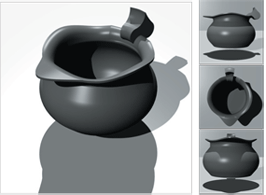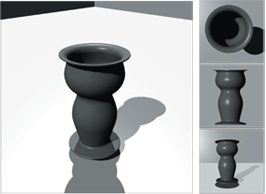| |
|
DESIGNING A SYSTEM OF GRAMMARS FROM TRADITION: AN EXPLORATION OF DESIGN LANGUAGES IN CULTURAL SYSTEMS
 
Designing for different cultures across the world, across organizations, different user groups and communities requires sensitivity to the existing ‘cultural languages’ within those groups. The ‘language’ of a cultural group can be described as a combination of, and the connections between the way people behave, the things they use, the way they interact, traditions, practices, customs and finally, their beliefs and value systems which drive their actions and explain their lifestyles. Understanding these core cultural factors (both tangible and intangible factors) of a user group can be a key to the design of meaningful experiences.
Using design as an inquiry into culture and user experience, this paper dwells on research methods that have been created to capture, explain and evaluate cultural factors, and translate them into practical design applications. It demonstrates how cultural factors impose constraints on the way people move and interact, and how that in turn influences the form of products. A method called movement grammar has been created to capture how people express emotion through movement, how they interact with objects around them and translate the language captured into implications for design. Shape grammars (Stiny 1980) have been used to create forms of products, which are determined by the constraints imposed by movement grammars and cultural factors studied. The cultural research method created, together with the movement grammars and shape grammars show how the complete cultural context of a user can be extracted and applied. This further improves our understanding of how people make meanings and express them in different cultures using their traditions, artifacts, values and customs. Designing with sensitivity towards these factors can enable the creation of novel, engaging, meaningful and valuable experiences for communities.
Primary Researcher: ASHWINI ASOKAN
|
|

